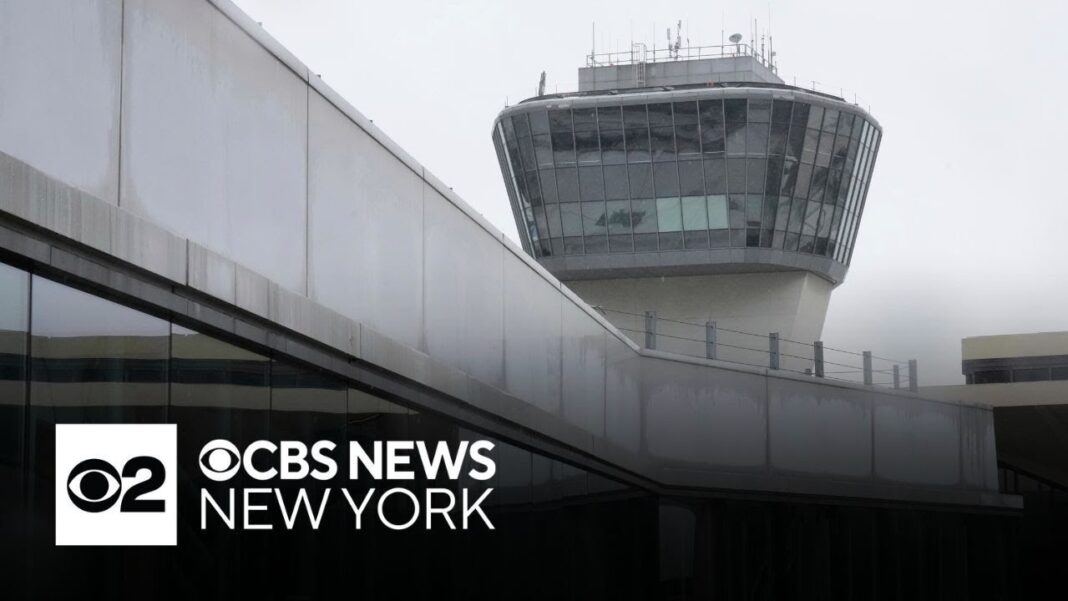Newark Liberty International Airport in New Jersey experienced another air traffic equipment outage on May 11, causing the Federal Aviation Administration (FAA) to issue a temporary ground stop for all flights bound for the airport.
The ground stop halted flights from taking off if their destination was Newark, and it lasted roughly 45 minutes, according to FAA air traffic advisories.
While specific details of the outage were not described in the advisories, the FAA confirmed the incident to The Epoch Times.
“There was a telecommunications issue at Philadelphia TRACON Area C, which guides aircraft in and out of Newark Liberty International Airport airspace,” an FAA spokesperson wrote in a statement. “The FAA briefly slowed aircraft in and out of the airport while we ensured redundancies were working as designed. Operations have returned to normal.”
There were 86 delays at Newark Liberty International Airport and 81 cancellations as of 11:30 a.m. ET on Sunday, according to flight tracking site FlightAware.
The incident occurred two days after Philadelphia TRACON Area C, which is the air traffic approach control facility for Newark, lost all radar and radio communication for roughly 90 seconds.
According to the FAA, Friday’s incident was a telecommunications outage that impacted both communications and radar display at the facility.
A similar incident occurred on a busy afternoon on April 28, with a 30-second lapse in communication between airplanes and the control towers. The incident resulted in five air traffic controllers from the control facility taking trauma leave. Additionally, more than 1,000 flights were canceled, and the FAA announced it would temporarily slow traffic in and out of the busy northeastern airport.
In a Sunday interview with NBC’s “Meet the Press,” Transportation Secretary Sean Duffy said the facility’s equipment was antiquated, and said the software “glitch” would be fixed soon.
“We have to fix this, because what you see in Newark is going to happen in other places across the country,” Duffy said, describing the problem as ongoing telecommunication issues.
“As the information comes in, it’s overloading some of our lines, and the system goes down,” he said. “Specifically, in Newark, we believe we’re going to have it up and running. In short order, we’re going to be able to fix that glitch.
“And we feel a little more comfortable about our primary line that gets the data in, on radar, and our redundant line is up and working as well.”
Duffy did not say how long to expect delays and cancellations at the Newark airport, but said “reduced capacity” would continue for at least the “next several weeks.”
By Jacob Burg







